Diversity And Inclusion In The Workplace Statistics
The topic of Diversity and Inclusion has created quite a buzz in the past few years. Let us take a look at the top diversity in the workplace statistics:
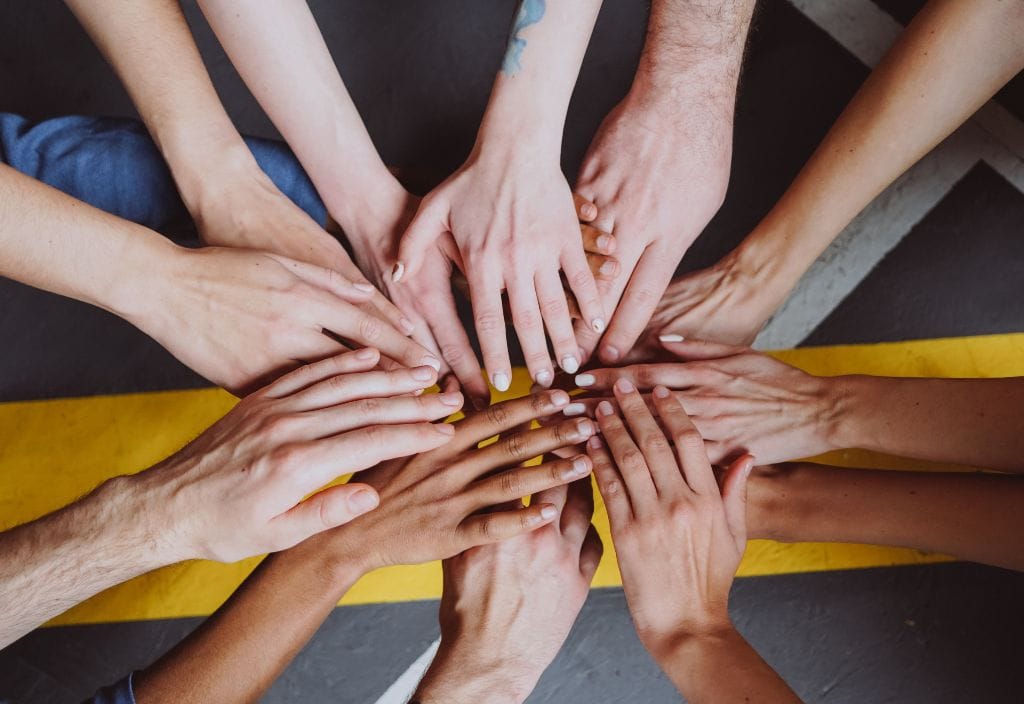

The topic of Diversity and Inclusion (or D&I) has been creating quite a buzz over the past few years. You must have heard words like “diversity,” “color of people,” and “equal opportunity” thrown around in meetings and events. It is highly unlikely for you to be unfamiliar with D&I in a business context. There is much emphasis on it these days!
However, if you are wondering what this term means and what kind of influence it aims to create in companies, you have come to the right place! In this blog post, we will study the definitions of D&I, the benefits of implementing such initiatives, and a whole list of up-to-date statistics to demonstrate the current market scenario. Let us begin:
What is diversity?
In corporate speak, diversity is the practice of including people from various socioeconomic and ethnic backgrounds and/or having unique characteristics in terms of gender, religion, sexual orientation, physical ability, education, and so on. Gallup defines diversity as “the full spectrum of human demographic differences.”
What is inclusion?
Simply put, inclusion refers to how “included” employees feel at work. Your company may be highly diverse. However, if your employees do not feel safe, welcomed, and appreciated for who they are on a personal or professional level and majorly caters and nurtures to a specific group with certain characteristics, then the work environment cannot be deemed “inclusive.”
The Core Benefits of Diversity and Inclusion
Who does not want to have a wide-ranging and varied workforce? There is literally no downside to D&I! Companies with the highest rates of D&I are more successful than those without. They are able to create a happier workforce with high job satisfaction.
Moreover, diverse companies enjoy 2.3X higher cash flow per employee. Introducing D&I initiatives requires you to introspect your company’s internal practices and unconscious biases at play. If you need a bit of a nudge to make your work environment more diverse and inclusive, here are four reasons you should do so:
- People are drawn to companies that show they value D&I. Less diverse environments seem hostile, and many prospective employees may feel they will have trouble fitting in. When they feel cared for, they are inclined to stay.
- Diversity in the workplace welcomes different perspectives. You are more likely to get a melting pot of ideas and thought processes, resulting in more out-of-the-box thinking and improved decision-making processes and results.
- The internet has made the world smaller and more accessible. However, D&I allows you to access a vast array of knowledge in real life. You have the opportunity to market to a broader customer base, including those who are differently abled or belong to the LGBTQIA community.
- Companies dedicated to promoting Diversity and Inclusion in the workplace are often seen as more humane and socially responsible. This mindset opens doors to new markets, customers, and business partners.
Diversity and Inclusion in the Workplace Statistics
Now that you have studied the definitions of Diversity and Inclusion along with the benefits, let us dive deep into the statistics surrounding the buzzword:
Gender diversity statistics
1. Women are expected to make up 47.2% of the workplace by 2024. (Deloitte)
The study demonstrates that age will not be the only distinguishing demographic trait of the future workforces. Women are predicted to continue to gain share, jumping from 46.8% in 2014 in the workforce.
2. Women who submit blind applications are more likely to be hired by 25% to 46%. (NBER)
This does not come as a surprise as most companies say they want to attract and recruit a diverse workforce but very few deliver due to their own biases or unstructured D&I initiatives.
3. Despite the increased emphasis on gender equality, only 4% of women of color are a part of the C-suite leadership in companies. That is (McKinsey)
4. Men are 2X more likely to be hired irrespective of the hiring manager’s gender. (PNAS)
However, things are changing now - especially in tech. Besides the many tech-supported projects for increasing the number of women in the field, a Google-backed incubator aims to increase female presence by 25%.
5. Women in senior management roles are twice as likely as men to spend “substantial time” on DEI work falling outside their routine job responsibilities. (McKinsey)
This explains why the representation of women at the senior manager, director, and VP levels has improved slower than ever than the pipeline overall.
6. For every 100 men promoted to a managerial level, only 86 women are given promotions. (McKinsey)
Because of the same, men outnumber women at the managerial level significantly, resulting in far fewer women getting promoted to higher levels.
7. Forty-eight percent of women in STEM jobs report discrimination in the hiring process. (Built-In)
Unfortunately, for 66% of women in tech, there is no clear path forward in their careers at their current companies.
8. Women ask for pay raises at the same rate as men but receive 5% less often. (Harvard Business Review)
One common explanation of the wage gap is that women are less likely to negotiate their salaries compared to men who are more outspoken and confident when it comes to negotiating a higher pay raise.
9. Forty-two percent of women in the US have faced gender discrimination in the workplace. (Pew Research Center)
The women report a range of personal experiences - from being passed over for important assignments to earning less than their male counterparts for doing the same job.
10. The number of women CEOs in Fortune 500 companies was 41 in 2021, the highest it has ever been! (Fortune)
The figure, although, amounts to female leadership for just 8.1% of the Fortune 500, the focus on women of color and diverse workforce has never been higher.
11. Women obtain 4-year college degrees more than men do, making them more competitive candidates in the workforce. (Statista)
In 2021, the percentage of women was 39.1%, whereas it was just 3.8% in 1940. A significant jump can also be seen in males, with 36.7% of men having completed four years or more of college in 2021, up from 5.5% in 1940.
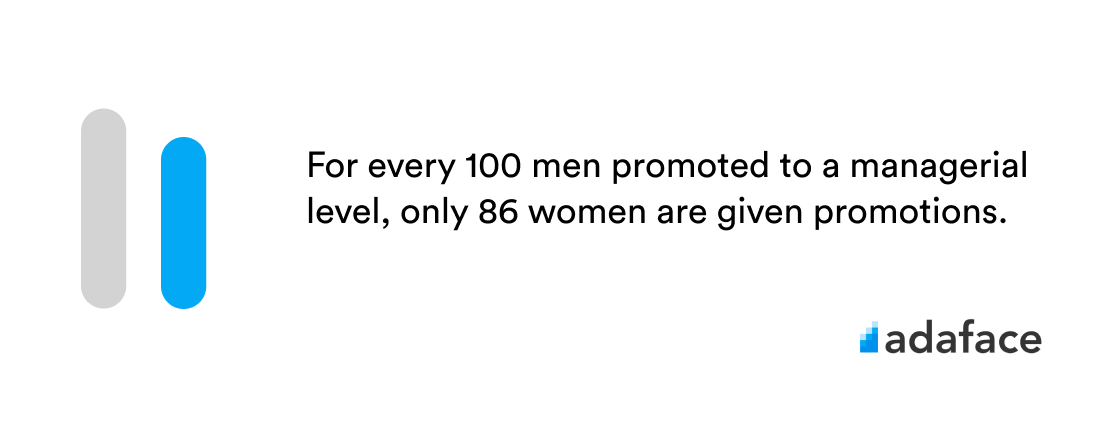
D&I business impact statistics
1. Diversity makes recruiting easier as 66.67% of job seekers use diversity for evaluating potential employers and job offers. (Glassdoor)
D&I scores significantly higher compared to other parameters such as the recruiters (6%), company website (9%, and senior leaders (19%).
2. Diverse companies enjoy 2.3X higher cash flow per employee. (Bersin by Deloitte)
In fact, mature but smaller businesses had 13x higher cash flow from operations compared to less mature peer businesses.
3. Gender-diverse companies are 27% more likely to have superior value creation. (McKinsey)
The same study reports that the most diverse companies are likelier than ever to perform much better than their diverse counterparts when it comes to making profits.
4. Diverse companies tend to perform better as they are more likely to generate financial returns above the industry mean. (McKinsey)
Not so surprisingly, diverse companies are 70% more likely to capture new markets - that is a huge number! Companies with equal gender parity have shown to positively impact revenues by 15%-21% compared to those heavily favoring one gender.
5. Diverse management teams enjoy a 19% increase in revenues compared to less diverse teams. (Boston Consulting Group)
Adding to that thought, highly gender-diverse executive teams are 21% more likely to outperform on profitability.
6. Global GDP would increase by 26% by equally diversifying the workforce, increasing by $28 trillion. (McKinsey)
McKinsey predicts a scenario wherein women participate in the economy equally to men, fetching 26% to the annual global GDP by 2025. The impact is almost similar to the size of the combined US and Chinese economies of today.
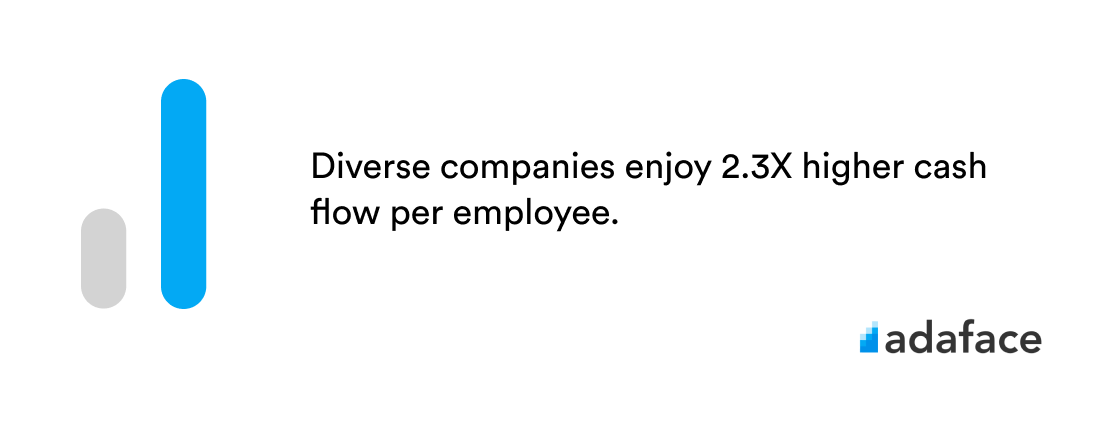
LGBTQIA diversity statistics
1. LGBTQIA members constitute only 6.28% of the total workforce in the US. (Human Capital Campaign)
Forty percent of employees want their companies to be more inclusive in hiring members of the LGBTQIA community.
2. Seven million LGBTQIA individuals work in the private sector, and 1+ million are employed in the country’s public sector. (MAP)
In the US, 4.5% of the population (or 11 million people) identifies as a part of the LGBTQIA community. Out of that 88% are employed across various industry verticals.
3. Bisexual women are 13% more likely to experience micro-aggressive behavior at work than straight women. (Springer)
LGBTQIA women out of the closet are happier and more comfortable in the workplace than those who are closeted.
4. LGBTQIA members strongly believe their gender identity will negatively impact their careers. (McKinsey)
This does not come as a shock since LGBTQIA members have repeatedly reported being underrepresented in almost every level of business.
5. Transgender individuals are more inclined to leave a company in less than a year than cisgender people. (McKinsey)
However, things are on the mend. Many CEI-rated businesses followed-through on their commitments to organizing LGBTQ community engagement throughout the year in the form of in-person and virtual events.
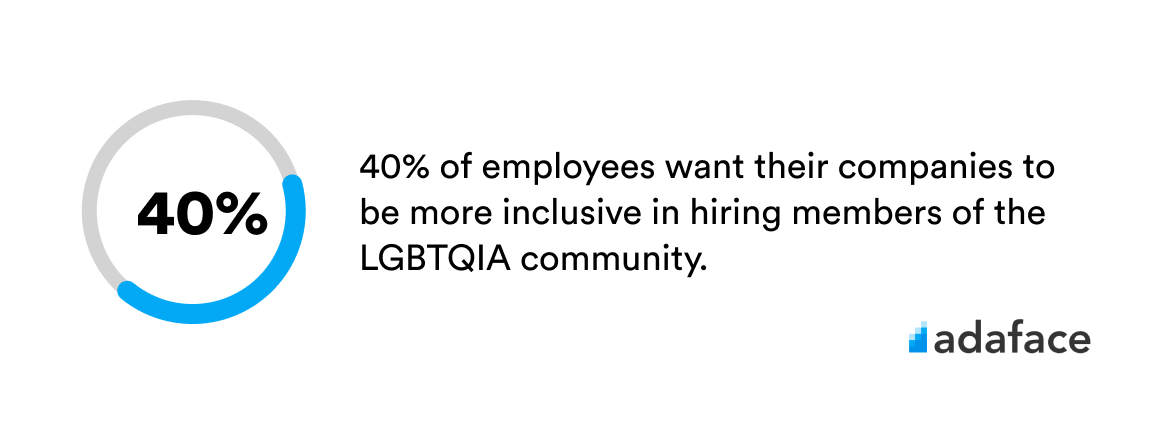
Racial and ethnic diversity statistics
1. There are only four Fortune 500 companies that have a Black CEO. (Yahoo!)
Do not be surprised when we tell you the peak year for Black representation was 2012, when a total of six Black CEOs led major companies in the US.
2. Black (6.6%) and Latinx (4.4%) people experience higher underemployment compared to White people (3.3%). (Brookings)
Even though unemployment rates have fallen substantially since 2010, racial disparities still exist in this day and age. The unemployment rate simply hides the wide geographic differences in the labor market for minorities.
3. In 2020, 58% of employed Asians worked in management, professional, and related occupations, compared to only 43% Whites and 35% Blacks. (Bureau of Labor Statistics)
Among all the race and ethnicity groups, the labor force participation rate was the highest for Native Hawaiians and Other Pacific Islanders.
Job seeker, employee, and managerial opinion on diversity statistics
1. The Black Lives Matter movement has been the driving force behind many companies executing Diversity and Inclusion initiatives. (HR Executive)
This is not the first time that we have seen major shifts in certain institutions finally being acknowledged as long standing issues with D&I in the media. Some prominent examples include the NBA allowing players to kneel during the National Anthem and NASCAR banning confederate flags at events in 2020.
2. Seventy-six percent of American workers agree that racism is a problem across workplaces in the US. (Clutch)
One-fifth of Fortune 1000 companies have unstructured or highly informal diversity efforts. In fact, 64% of African-American workers have expressed that racism is indeed a problem.
3. Thirty-seven percent of job seekers and employees agree they will not apply for a job with a company with negative ratings about people of color. (Glassdoor)
4. According to 52% of job candidates, diversity and inclusion in the workforce is “very important." (Monster)
If you want to attract talent people - regardless of their age, race, religion, sexual orientation, you have to portray yourself as truly inclusive. Run ads and feature voices of diverse groups of people in your public-facing materials, such as social media posts, blogs, emails, and so on.
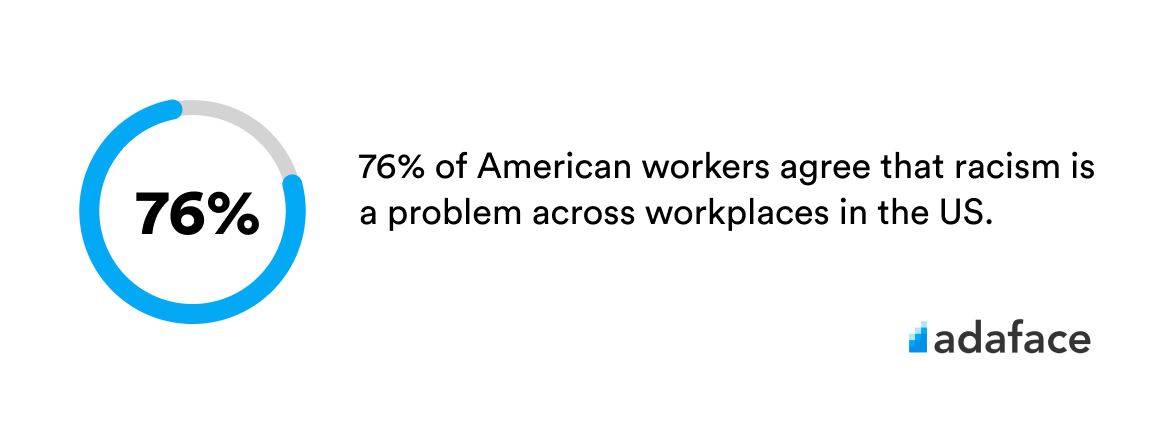
Age diversity statistics
1. More than 90% of Whites, Asians, and Blacks in the American workforce, 25 years and above, have a high school diploma. (Bureau Labor of Statistics)
In 2021, among adult women, Blacks were more likely to participate in the labor force, compared to Whites (56.8%), Asians (57.7%), and Hispanics (58.8%). On the other hand, the participation rate in adult men was higher for White adult men (70.3%).
2. Millennials and Gen Zers value working with a highly diverse and inclusive company. (Deloitte)
Companies that can represent the differences in their external marketing or branding are much more likely to diversify their talent pipelines.
3. The number of employees over 75 is predicted to increase, while the number of employees aged between 16 and 24 is expected to decrease. (Bureau Labor of Statistics)
By 2030, all baby boomers will be at least 65 years old, and 9.5% of the civilian labor force is estimated to be 65 years or older.
Over to you
At the end of the day, whoever works for you deserves to feel safe and welcomed and not discriminated against or sidelined because of a specific trait of theirs. It is vital to have a diverse and inclusive work environment.
Benefits from D&I initiatives include higher sales revenues, greater innovation, increased social mobility, and enhanced employee engagement. This is a win-win for companies, individuals, and society as a whole.
The above-mentioned Diversity and Inclusivity in the workplace statistics should shine a light on the current environment and also stress not having a bias against anyone. Are you game?

